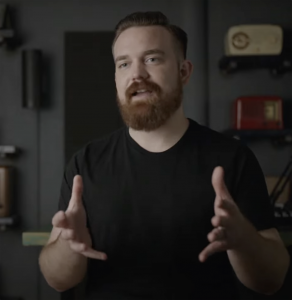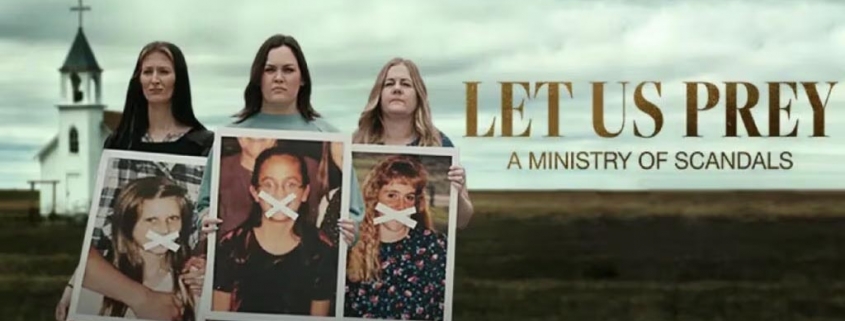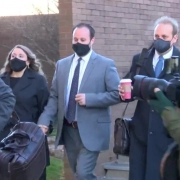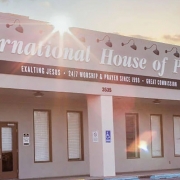The horror of Let Us Prey may not be as far from home as you think
This article originally appeared at Baptist News Global on November 30, 2023.
“Every IFB church is a powder keg ready to explode,” says Eric Skwarczynski on Let Us Prey: A Ministry of Scandals, which released last weekend on HBO Max and Investigation Discovery. The four-part docuseries follows the stories of sexual abuse survivors within the Independent Fundamental Baptist church movement, which is made up of 6,000 congregations with about 8 million members.
Viewers will be reminded of similar IFB ministries from Amazon Prime’s Shiny Happy People that released in June. But the blunt communication and sexually focused themes of Let Us Prey make this docuseries very difficult to watch at times.
Still, survivor Ruthy Heiler believes these stories need to be shared for the sake of other young girls who are still suffering.
“I’m doing what I need to do to protect other girls because I don’t think men are just going to stop abusing young girls in the IFB,” she states. “I’m more empowered than ever to get help to those girls wherever they may be.”
If Heiler’s story is to be believed, then Skwarczynski’s claim about IFB churches being powder kegs ready to explode is no exaggeration. The questions we need to ask ourselves are where the IFB movement came from, what makes it so volatile, and how widespread its dangerous theology is in broader evangelicalism.
Separating from national Baptist conventions

J. Frank Norris
Independent Fundamental Baptists can be traced back to the late 19th and early 20th centuries as a reaction to modernism and theological liberalism they feared were seeping into the national Baptist denominations. J. Frank Norris started the Fort Worth, Texas, based World Baptist Fellowship in 1933, while the Baptist Bible Fellowship International began in 1950.
Many churches simply exited the Southern Baptist Convention without joining any other fellowships and identified themselves as IFB.
 Let Us Prey traces the IFB movement back to Jack Hyles, who was pastor of First Baptist Church in Hammond, Ind., from 1959 to 2001. Sarah Smith, a reporter with the Houston Chronicle, explained: “In 1959, he decided to break away from all the formal Baptist denominations to be independent. First Baptist Hammond became pretty much the mothership for the IFB.”
Let Us Prey traces the IFB movement back to Jack Hyles, who was pastor of First Baptist Church in Hammond, Ind., from 1959 to 2001. Sarah Smith, a reporter with the Houston Chronicle, explained: “In 1959, he decided to break away from all the formal Baptist denominations to be independent. First Baptist Hammond became pretty much the mothership for the IFB.”
“The IFB movement was reactionary to what they deemed liberalism within the Southern Baptist Convention,” Skwarczynski added. “Culture was changing. We were losing that 1950s American values and people were getting nervous. And when a culture’s extremely nervous, it gives someone a chance to come in and say, ‘I’m going to fix this.’”
Sacralizing male power
At some point in every documentary about church abuse, there has to be an illustration of hierarchy with men being positioned over women and children. You’d think eventually we’d start to notice the pattern.
“The IFB is a man’s world,” Skwarczynski explains. “Men are the only ones able to have positions of power. Men are the only ones that are allowed to preach.”
Heiler echoes, “Men were held on a pedestal, especially men in positions of church authority.”

Eric Skwarczynski
Unfortunately for women, the IFB world of male power extends beyond the church walls and into the home. In one scene reminiscent of Voddie Baucham’s theology of stay-at-home daughters, Amanda Clidence says, “Your father in a sense owns you until he hands your possession off to your groom. You are owned by men in the IFB.”
Seducing children with excitement
Adults understand if a stranger invites you into their van by luring you with candy then it’s time to run away. But what if a pastor invites you into his church bus by luring you with excitement?










Leave a Reply
Want to join the discussion?Feel free to contribute!